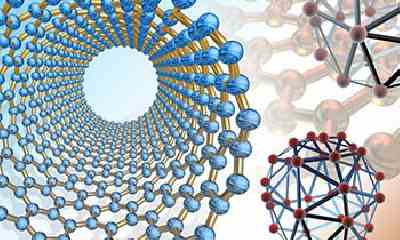Nanoparticles analysis and nano particle size analysis is attracting more attention due to more stringent legislation and the potential and unknown danger associated with the design of nanoparticles, the preparation of nanomaterials and the use of nanoparticles in a wide array of industries.
We should distinguish between nanoparticles that are intrisically present in the product and the phenomenon that nanoparticles can become airborne due to handling of the product under certain conditions. These pages concern mostly the analysis of nanoparticles that are intrinsically present in the product.
The European Commission has identified different techniques and methodolgies to perform the analysis of nanoparticles in a variety of materials and to detemrine whether a material should be classification as a nanomaterial. Since nanoparticles do not behave in a similar fashion as conventional bulk materials, dedicated techniques, methodologies AND pre-treatment procedures are necessary to qualify and quantify nanoparticles. These pages assist in selecting the right techniques and measurements methodologies for analysis of nanoparticles related to nanomaterial assignment.
For nanoparticle analysis of airborne nanoparticles that can be present in dust, this is typically investigated with the recently-developed small rotating drum methodology in accordance with the EN-17199-4 standard issued in 2019. Even when nanoparticles are present in a certain product, and the material is entitled as a nanomaterial, the question is also how can one be exposed to these nanoparticles? Release of the nanoparticles into the air can cause inhalation and thereby exposure but only if the nanoparticles are indeed brought into the environment and become airborne nanoparticles.
We also have a dedicated nanoparticle dustiness page on our website – please follow this link on airborne nanoparticles that will open in a new window.




